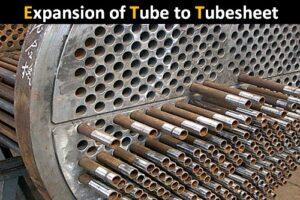What makes stainless steel stainless?
Stainless steel’s magic ingredient is the addition of at least 10.5% chromium which hardens the metals’ surface and makes it rust resistant. Oxygen reacts with iron to produce rust in a process known as oxidization. When chromium reacts with oxygen, it forms a tough top layer which protects the alloy from corrosion, making it a metal of choice in construction, engineering, architecture, and manufacturing.
There’s just one catch: this do-it-all metal is difficult to weld. Due to its excellent heat retention and the need to preserve its anti-corrosive top layer, welding stainless steel can be extremely tricky, even for an experienced welder.
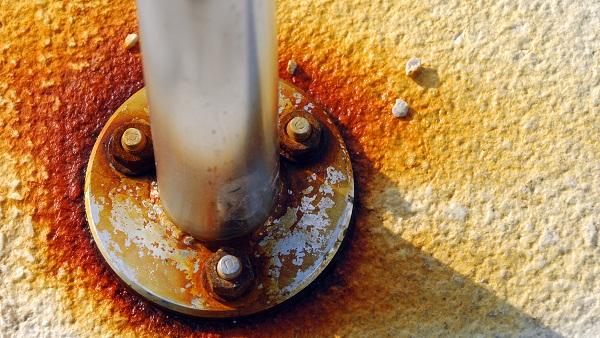
what are all the Quality checkpoints while welding with SS?
Welding of SS special compared to CS. Do not mix up CS with SS welding. Avoid using the same hand gloves, grinding wheel, tongs or even the same work area used for CS to avoid Carbon migration on SS. Handle SS carefully. Stake it vertically to avoid walking over it which forms serrations. All the above may lead to corrosion. Use special SS grinding wheel to avoid clogging of gr. wheels. Do not use yellow-oil chalks(sulfur-rich) for writing on SS to avoid corrosion. Check currents as recommended by the manufacturers. Pickle and passivate S after welding. There are plenty more.
Why is welding stainless steel tricky?
The first problem you’ll encounter when welding stainless steel is that this popular alloy retains heat very efficiently. This means that if you use too much heat stainless steel will warp during welding or distort or crack during the cooling process.
Additionally, stainless steel will easily show weld imperfections, making it an unforgiving material for decorative or aesthetic projects.
Ensuring that the metal retains its rust-resistant chrome oxide film is possibly the most important part of welding stainless steel. Heat tinting or “blueing” during the weld process is a clear sign that the stainless steel’s protective chromium layer has become depleted, reducing its corrosion resistance and leaving your weld susceptible to rust.
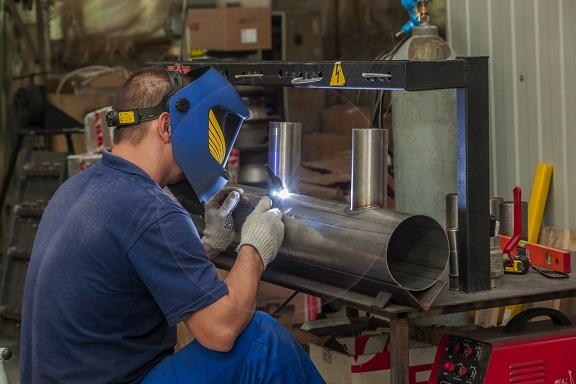
Welding stainless steel also requires making sure the material does not become contaminated with carbon steel residue left behind on other tools; this will introduce iron into the weld, leading to corrosion over time. Both the preparation and the final finishing stage of a stainless steel weld must be completed with great care, including ensuring you’re the material and your work area are meticulously clean and that the finished product is properly cleaned. When welding stainless steel it is best to use separately labelled tools, brushes and grinders to prevent cross-contamination.
What’s the best method for welding stainless steel?
Welding stainless steel can be done using a variety of methods, including TIG, MIG, and spot and stick welding. As with any welding job, the materials and tools required will depend on the type of stainless steel you’re working with. Be sure to check the unique requirements for your stainless steel weld based on the thickness and composition of your metal and the specifications of the job. Make sure you’ve correctly identified the grade of the stainless steel you’re working with.
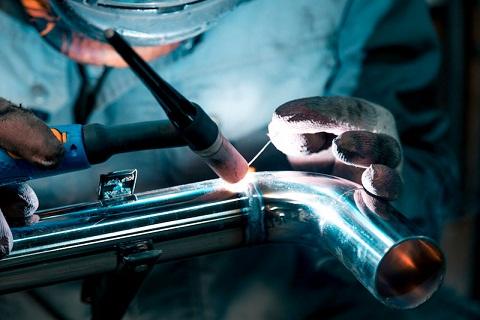
TIG (Tungsten Inert Gas) welding is arguably the best choice for welding stainless steel as it is a lower heat weld, offering better control and precision, and a finished look to the job. TIG welding uses a tungsten electrode combined with a shielding gas to produce a beautiful weld finish sometimes known as “stacking” or “laying dimes.” TIG welding is done by hand and requires a high degree of skill. Because it can’t be automated, it’s a slower option for welding stainless steel. TIG welding’s clean, polished finish making it perfect for decorative or aesthetic stainless steel welding projects.
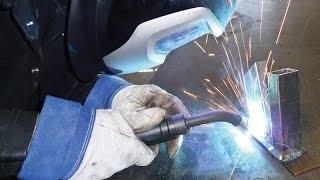
MIG (Metal Inert Gas) welding, or gas metal arc welding, uses a wire electrode to run an electrical current onto a metal surface, producing strong welds. MIG welding also requires the use of a shielding gas. MIG welding is a good choice for welding stainless steel because it doesn’t produce spatters and is a faster option than TIG welding. It works well on particularly thick pieces—creating solid, robust welds.
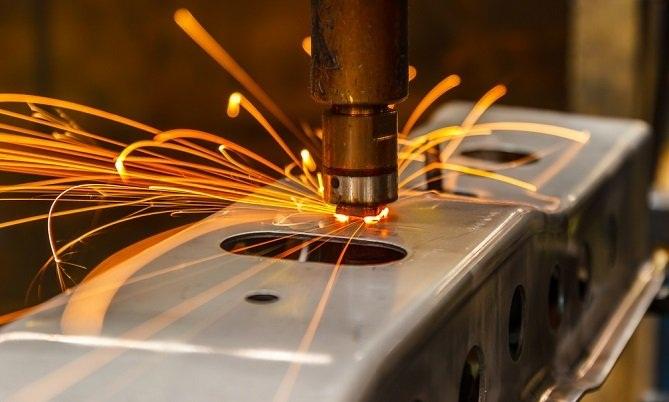
Resistance or spot welding is another good option for welding stainless steel. This method involves using two electrodes to pass an electric current through two connected pieces of metal to melt and join them. Spot welding can be automated for manufacturing for fast-moving assembly lines and doesn’t require the use of filler. Because of its electrical resistance and heat retention properties, spot welding stainless steel can be completed very quickly.
Stick welding , or shielded metal arc welding, is a good choice if the appearance of the weld isn’t a concern. Stick welding is one of the oldest and most cost-effective forms of welding, and is a good choice for welding stainless steel outdoors or in bad weather because there’s no gas shielding required. Stick welding relies on an electrode with an electric current to melt metal and filler for the weld joint. Unfortunately, stick welding does produce a lot of spatter.
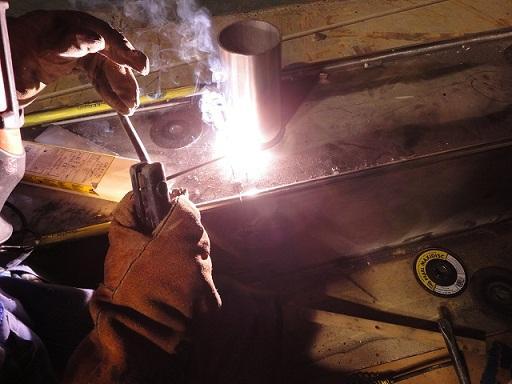
Metalworking and stainless steel
Stainless steel is more often worked than cast, as steel casting requires very high temperatures and careful pattern design to get a good pour. Welding is therefore a very important part of stainless-steel manufacturing.
how to check the discoloration while welding?
Use low currents (15 % or less) compared to MS welding. The weld or HAZ should not turn to blue, which means depletion of chromium (reaction with Oxygen to form Cr -Oxides) The weld should be straw / light yellow, white to show nonreaction. Stop the welding if required, to avoid overheating while welding.
purge time calculation?
It is difficult as it depends upon the length of the plate, pipe dia, etc. Purge till you make sure the oxygen is removed fully. Use a burning match stick (easier method) to check the outflow of gas. Any left out oxygen may create oxidation at the root side and is not acceptable..
if the thickness of the base material is less than 3mm what are all aspects shall be followed to maintain good welding?
Use Pulsed TIG welding processes as it gives very low heat input compared to normal /continuous weld. Pulsing is good for higher thicknesses also.
what is the distance calculation for purging?
Purging could be localized or to the full length of the pipe if required. Purging could be 40 -50 % less to shielding pressure. gas inlet end could be around 50 to 75 mm or so from the weld Cir-seam end if it is a pipe.
how to determine the electrical parameter and shielding gas parameters, preheating details for GTAW while preparing proposed WPS for SS and NON-FERROUS MATERIALS?
SS does not require any preheating. The inter pass temp. could be around 75 to 150 deg.C max. The total heat input should be less or nearer to 1.0 Kj /mm. Use stringer runs only. Do not use weave pass to avoid more heat input. The shielding gas pressure could be bet. 8 -10 -12 LPM. For nonferrous metals, heat input could be around 2.0 Kj/mm. Use only DC EN for both SS & MS.
How to select welding electrode for SMAW / MMAW
Gas Welding :: Oxyacetylene Welding Process
Gas welding machine parts and functions


